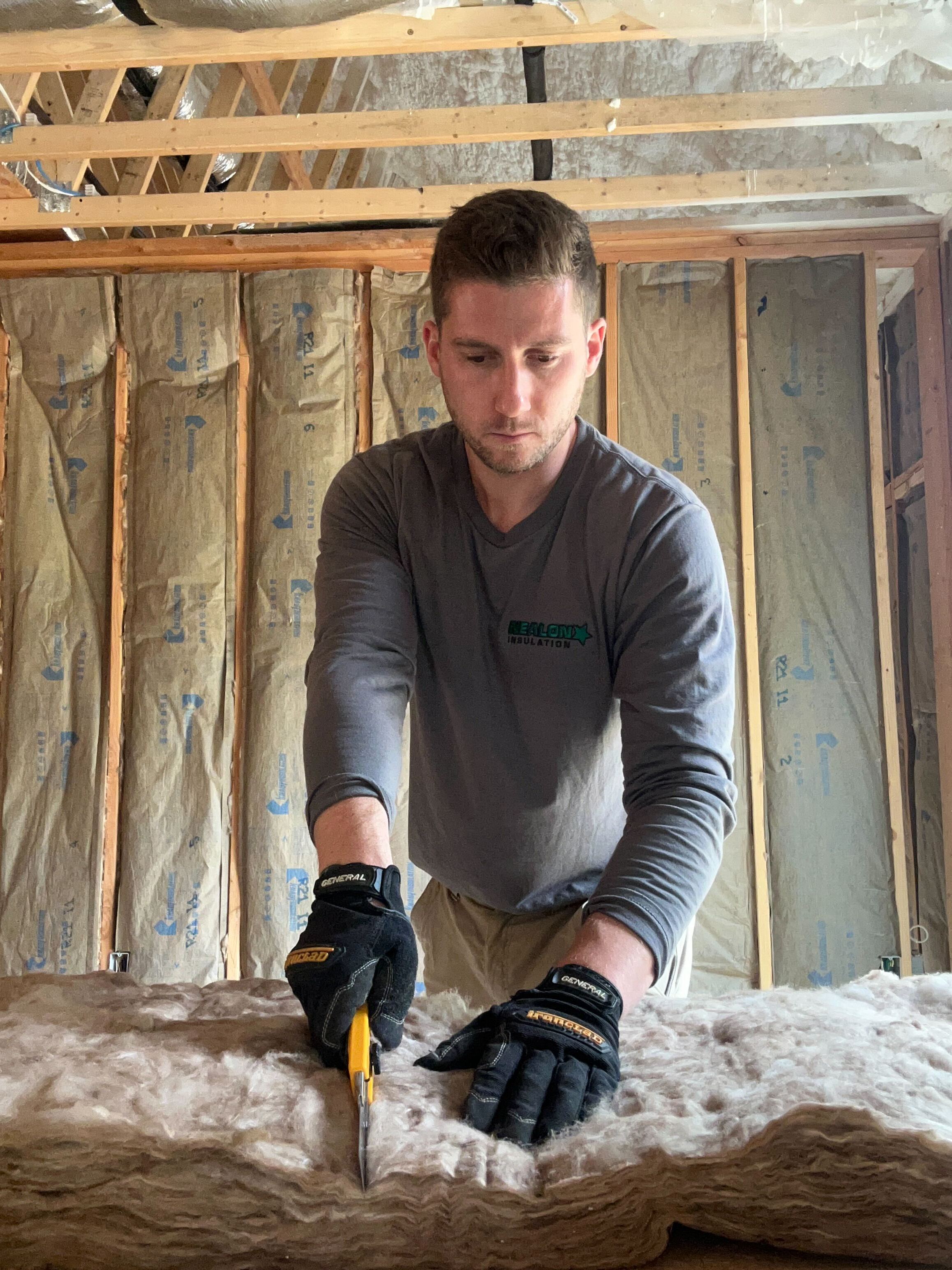How Does Attic Ventilation Work? A Guide for Homeowners

You wouldn’t seal up your mouth and nose and expect to breathe, right? Well, your attic’s no different. It needs to breathe, too—and that’s where ventilation comes in.
After nearly 50 years crawling through Connecticut attics, I’ve seen what happens when homes don’t get this part right: sky-high energy bills, mold you could grow mushrooms on, and shingles curling up like potato chips. So let’s break it down plain and simple.
What Is Attic Ventilation, Anyway?
Attic ventilation is all about airflow—getting fresh air in and stale, humid air out. When it works right, your attic stays dry, your insulation stays fluffy, and your house stays comfortable.
Here’s what a healthy setup looks like:
- Intake vents (usually soffits) bring cool air in
- Exhaust vents (like ridge vents or attic fans) let hot air out
That steady flow prevents moisture buildup and keeps your attic from turning into a sauna in summer or an ice rink in winter.
Why Does Attic Ventilation Matter?
Let’s talk about what happens when it’s working—and when it’s not.
🔥 Beats the Summer Heat
An unventilated attic can hit 150°F easy. That heat radiates down into your home, making your AC sweat bullets. Good ventilation keeps the attic temp in check so your AC doesn’t go on strike.
Real talk: We had a customer on Main Street in Old Saybrook whose upstairs was roasting every summer—AC on full blast, and it still felt like a toaster. After a quick attic inspection, we found zero baffles and one lonely gable vent doing all the work. We installed proper ventilation and air sealed the attic. Two weeks later, she called to say, “It’s the first time I’ve slept through the night without the fan blasting on high.”
❄️ Stops Ice Dams Cold
In winter, warm air sneaks into your attic and melts snow on your roof. That water refreezes at the edges and forms ice dams—big, heavy ones that tear up shingles and gutters. Ventilation keeps attic temps cold and consistent, so snow stays frozen until it’s ready to melt the right way.
Example: There was a house in Clinton where the ice dams were so bad the homeowner had to shovel the roof every snowstorm. We rebalanced the attic ventilation and topped off the cellulose insulation. Next winter? No dams, no leaks, and no more rooftop shoveling.
💨 Evicts Moisture and Mold
Every time you cook, shower, or breathe (yeah, even that), you’re adding moisture to your home. Without airflow, that moisture climbs into your attic and gets trapped. Cue mold, rot, and insulation that smells like a damp sock.
Case in point: We helped a couple in Madison who had a mildew problem so strong, it stunk up the second floor. Turns out their bathroom fan was venting straight into the attic—and with no airflow, the moisture just sat there. We rerouted the ductwork, added a ridge vent, and gave that attic a proper cross-breeze. Problem solved, smell gone.
🏠 Saves Your Roof
Heat and humidity cook shingles from the inside out. I’ve seen roofs die 10 years early just from bad airflow. A ventilated attic helps your roof last as long as it’s supposed to.
How the System Works (In Real Terms)
Think of it like a chimney that runs in reverse:
1. Intake Vents = Fresh Air In
Usually found in your soffits (under the eaves), these vents suck in cooler outside air and start the flow.
Common types:
- Soffit vents – The go-to choice
- Gable vents – A good backup if soffits are tight
2. Exhaust Vents = Hot Air Out
These vents sit at the roof’s peak or walls and push that hot, stale air back out.
Popular options:
- Ridge vents – The gold standard, running along the roofline
- Roof vents – Little hatches that let hot air sneak out
- Gable vents – Dual-use: in or out depending on the system
- Attic fans – Power-assisted airflow, handy in extreme heat
The trick is balance: you want just as much air coming in as going out. That keeps things flowing smoothly without pressurizing the attic like a balloon.
Signs Your Attic Ventilation’s Not Cutting It
How do you know if your attic’s gasping for air? Here’s what to watch for:
🚩 Your energy bills are through the roof—literally.
🚩 Icicles hang like daggers in winter—classic ice dam warning.
🚩 Moldy smells or spots—moisture’s getting trapped.
🚩 Attic feels like a kiln in July—no airflow = heat buildup.
🚩 Shingles look warped or brittle—your roof’s getting roasted from below.
If that sounds familiar, ventilation’s likely the culprit.
The Team-Up: Insulation + Ventilation
Here’s where most homeowners get tripped up: more insulation isn’t always better if you’re choking off airflow in the process.
You need a team effort:
✅ Air sealing – Stops warm, moist air from leaking up from your house
✅ Baffles – Direct airflow over the insulation (without smooshing it down)
✅ Cellulose insulation – Moisture-tolerant and tight-knit, perfect for the Northeast. Fiberglass insulation and spray foam have their places too!
✅ Balanced ventilation – Intake + exhaust = happy attic
One more story: We worked with a contractor in Westbrook remodeling an old cape. The homeowner had layered up the insulation years ago—good effort, but no ventilation. Mold city. We pulled it back, sealed the leaks, ran new baffles, and blew in cellulose. The contractor called it “the tightest, driest attic I’ve worked in all year.”
Want Your Attic to Breathe Easy?
At Nealon, we’ve been dialing in attic systems since 1977. We don’t just blow in insulation and call it a day. We look at the whole picture—airflow, sealing, insulation, roof health—and make sure it’s all working the way it should.
📞 Want us to take a look? Schedule a free attic assessment. No pressure. No sales pitch. Just straight answers from folks who’ve been doing this long enough to remember when "energy efficiency" was just a sweater.
Let’s fix your attic the right way.
Related Articles
Let's Work Together
Ready to transform your home into an energy-efficient haven? Schedule your free energy assessment today and experience the Nealon difference for yourself.



